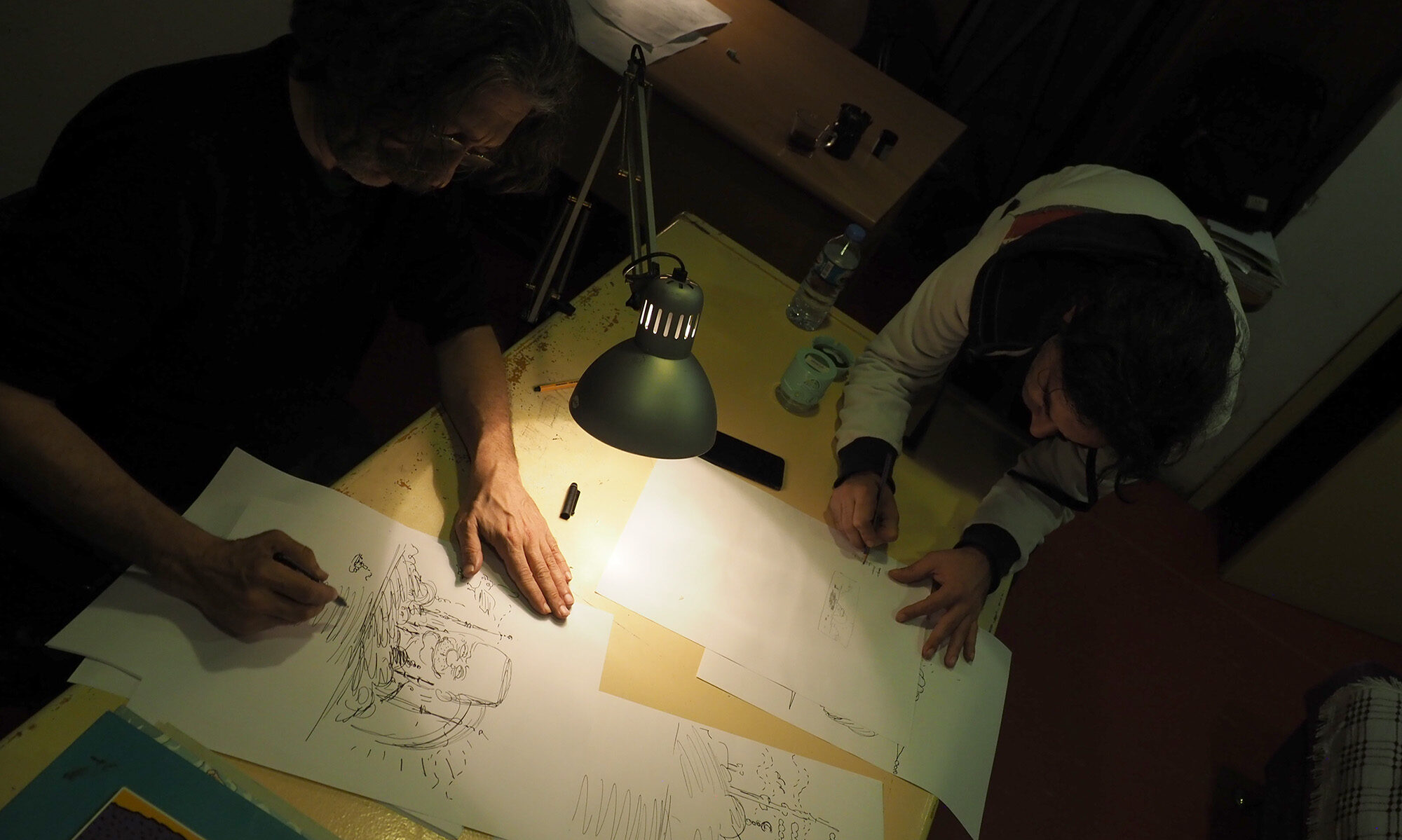In the coming months, Aseem Trivedi will have to face charges before a Maharashtra court over seven-year-old cartoons that allegedly insulted national symbols. He had managed to fend off an earlier round of legal attacks, thanks in part to public protests.
I talked with him early one morning in Delhi. I wanted to meet him at India’s most stately location, along the vast ceremonial boulevard called Rajpath. What better site to talk about national icons, I figured.
His 2011 cartoons protesting India’s systemic corruption played with images of the Parliament building and the national emblem. “Symbols are the very basic elements of cartooning. This is how cartoonists work,” he notes.
The cartoons tapped into popular disgust with corrupt officials. A few politicians chose to take offence. Police reports were lodged by politicians representing the Dalit community. Trivedi explains that some of these politicians choose to interpret any attack on national symbols as an attack on the author of the Indian Constitution, B. R. Ambedkar, a champion of Dalit rights. “It’s an easy way for them to get in power, through identity politics. Just take a stand against anything and start protesting,” he notes.
“Nationalism is very identical to the practice of religion,” he says. “So of course it can be misused, just like religion.”
Trivedi was a co-recipient of the 2012 Courage in Editorial Cartooning Award from Cartoonists Rights Network International.
– Cherian George. This is an extract of an interview conducted in Delhi in April 2018 for a book project with Sonny Liew.





